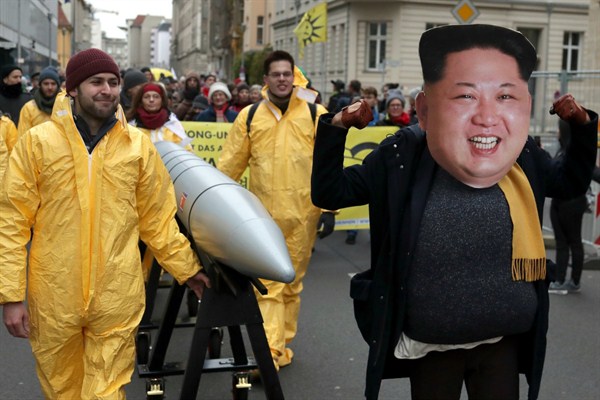Progress in reducing the spread and use of weapons of mass destruction is never linear. But these days, there seem to be more steps backward than forward. From the failure to stop North Korea from becoming the world’s ninth nuclear power to the tragically incomplete diplomatic work to rid Syria of chemical weapons, the efforts to advance global norms to reduce the threats from weapons of mass destruction are falling short. Granting the Nobel Peace Prize to the International Campaign to Abolish Nuclear Weapons, which advocated for the new nuclear disarmament treaty that 122 countries voted for at the United Nations last summer, seems like a shallow gesture to try to close the gap between aspiration and reality.
Around the world, new developments demonstrate how hard it has become to strengthen the global norms that aim to prevent the spread and use of weapons of mass destruction. From North Korea to Syria, coercive diplomacy and occasional diplomatic negotiations have provided only fleeting moments of reassurance. In both cases, defiance of the international rules has prevailed. Nuclear arsenals across Asia—in China, India and Pakistan—are growing, and U.S. plans to modernize its nuclear triad do not convey any hope that the current nuclear powers will pay much heed to the new treaty to ban nuclear weapons.
North Korea’s latest missile tests are a critical milestone that marks the completion of Pyongyang’s strategic program. Whether that leads to a willingness to negotiate some limits on further production or testing remains to be seen, but the coercive measures of the Trump administration did not dissuade Kim Jong Un from staying on the course he had set. The U.S. national security system is now gearing up for a higher threat level and for the possible use of military force against North Korea. American military officials are talking tough and backing it up with frequent demonstrations of U.S. and allied capabilities in the region.

